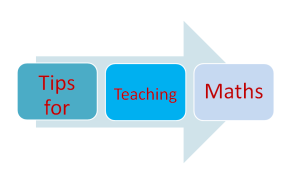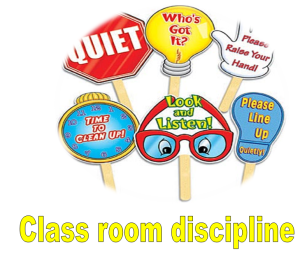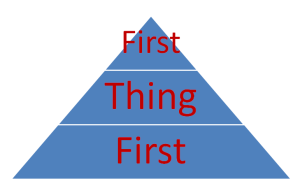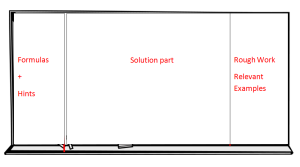Tips for teaching maths
Teachers and tutors always find it difficult to master their slow learner and mediocre students in mathematics, especially algebra and geometry require a lot of efforts from both sides to learn it effectively. There are hundreds of techniques, tips and strategies are given on various webs, but my Tips for teaching maths on are validated and practiced by me and i adopted these techniques from my teachers. In nut shell whole maths methodology is shrieked to explain things how to teach maths in class room.
Class room discipline
Class room discipline and control is very important for a teacher, as most of employers first get a demo from new incumbent and then comes to interview side. Class room discipline is a two way traffic, it requires a lot of patience and positively to control the situation. While controlling class don’t shout. Make the students to realize that your presence is worth ful for them. Solve their issues which are causing ill discipline, it may be due to seating arrangement, theft of their articles, and gender problems so mend all these issues and make a walk in the class, reach the place where the problem is. Decide on merit and don’t give priority to any gender. Your behavior and role with students should be just like an affectionate parents.
So, it is better to curb the discipline problem in the beginning, with the aid of school authorities and parents. Because without control and discipline you can not teach effectively.
Put first thing first activities | method
There is a connection and link in various maths problems and topics, so go for the very first by following in ascending order. Often maths topics and chapters are organised as they should be taught in a maths text book, so don’t break the order, follow order. Make your students well versed in formula learning. Once students learn the relevant formulas, then half of the battle is achieved. While teaching first write necessary formulas to the topic on one side of the black board. Solve question and problem in their natural sequence and order, some time alteration in general sequence is beneficial for students but alteration and change can simultaneously confuse the students.
Divide and teach
Intelligent teachers divide their students in groups. This grouping should be a mix up of brilliant, intelligent, mediocre and slow leaner students to get the fruit and advantage of this division. There should be equal participation of each group’s members.
Division technique is also valid for problem solving, plan your problems in easy and difficult groups and divide and elaborate each steps of problem to be solved according to their difficulty level.
There should be time division for teaching in a particular period in a school/college/university. One third of time should be given to the students for their participation in form of two way questioning and quizzes.
Student Participation
For healthy and result orienting teaching, students participation is the key factor. After solving/teaching students should be motivated for their involvement in this process. Research has revealed that one third of lecture time should be made for taking input from students. One of the most effective method of input by students is to ask them to solve a relevant problem on the board, it will not only improve their confidence level but also their learning level.
Class room board techniques
Teacher should be a good organizer of board. Divide your board in minimum three parts, at first part write the necessary and relevant formulas to be used in the problem which is to be solved. Second part should be for problem solution and the in last part examples and relevant techniques may be explained along-with rough work.
Use of colour marker and chalk can enhance learning and differentiating between various stages of problems. Teacher should be fair and positive with their students.
Encourage questioning and student mistakes
Encourage, encourage and encourage students this is the only technique for motivating the students for problem solving and learning. Accept wrong questions as well as answers from students and don’t show your negative body gesture or actions for wrong and irrelevant question/answer. Honour their mistakes by correcting it and telling them how to solve it better next time. Be confidential for students mistakes and build a healthy relation.
Reward making
Give a reward to students for every little and single success, sometime whole class clapping for a student is more worthful reward then any thing else. Reward may include your motivational and admiration words.
Use quizzes and test
It is better to test the students by giving short quizzes and by invoking surprise test. It will not only judge the student ability to solve problem but also give a feed back to teacher technique and effort i.e. how much students have learn from their techniques and methodology.
Use modern technology | tools
Tablet, laptop and PC are familiar technology gadgets which are now a part of class lecture, they have replaced multimedia projectors and VCR , which were used at one time. Teachers can elaborate and explain problem with practical examples with the aid of these IT gadgets and tools.
At higher level mathematica and matlab are good examples of innovative studies as well as teaching, however these tools can also be employed at O/A level too.
Be attentive and alert while teaching
Remember students are very keen observer they are copying and noting you whole the period/lecture time, so always represent yourself as a role model and act positively. Your behaviour, attitude, body gesture also playing side by side to teach and learn students. So keep calm and remain attentive, alert and positive during your session in the class.











